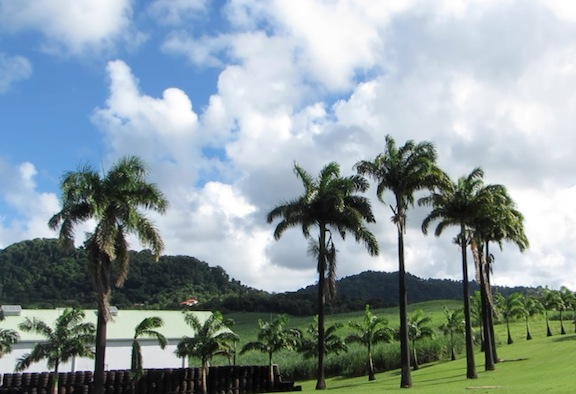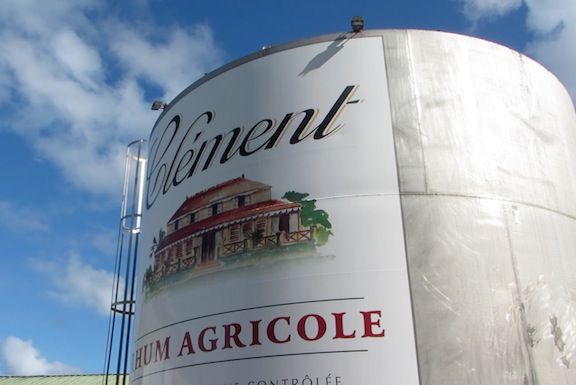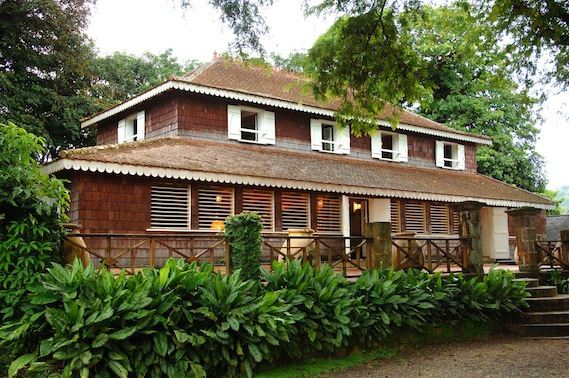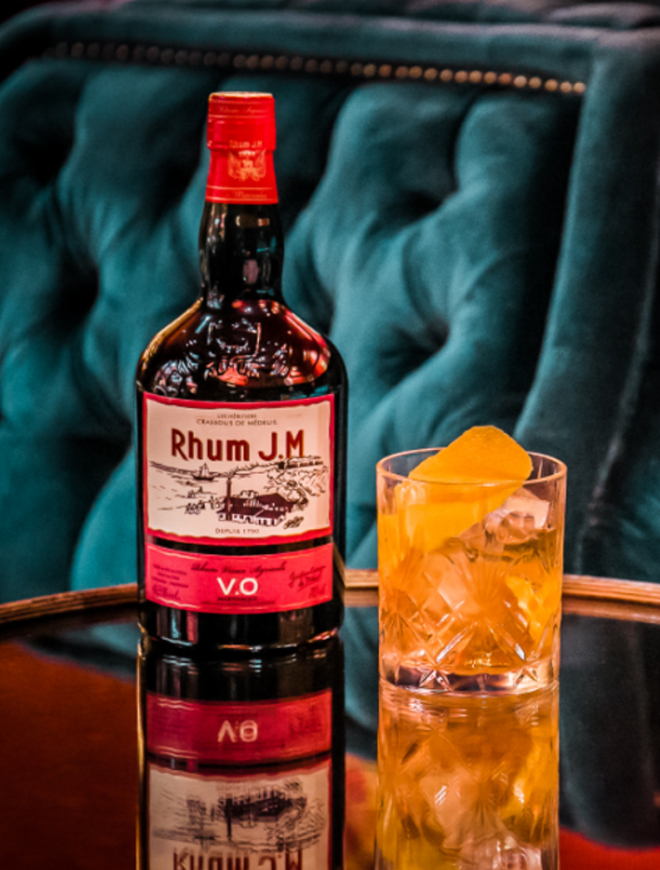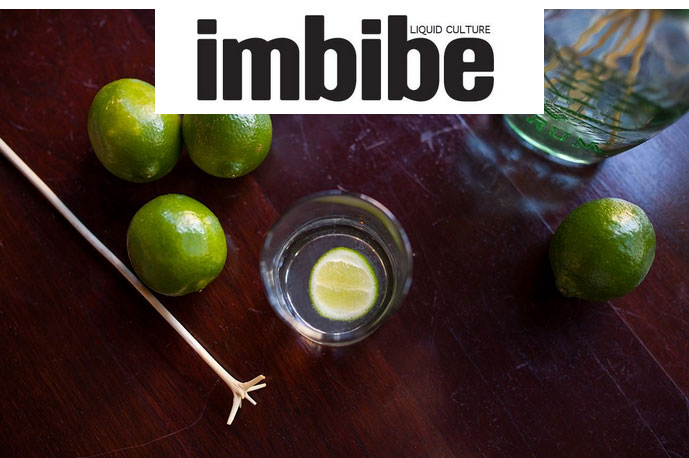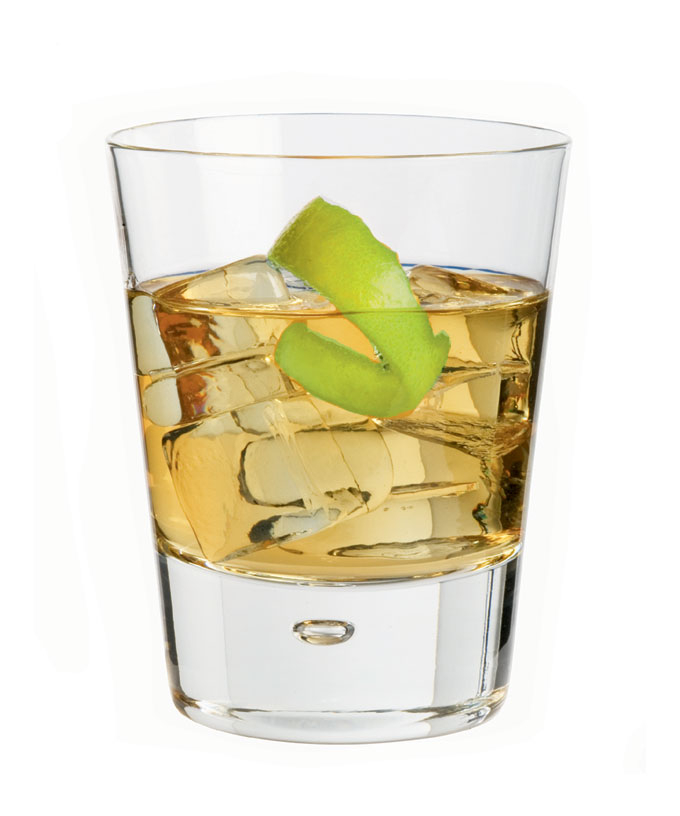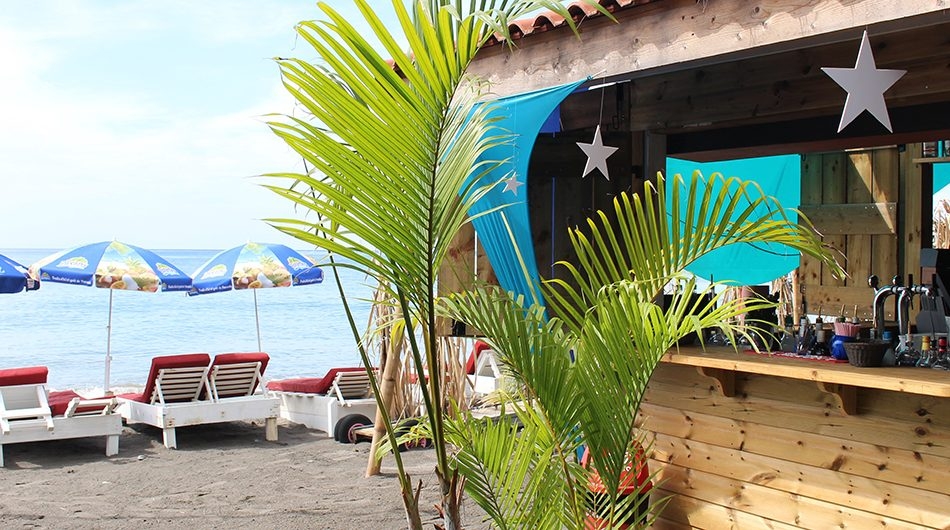
ONCE UPON a time, rum was the most popular spirit in America.
Thanks to a number of factors — most notably the detrimental effects of prohibition — interest in the Noble Spirit declined, and for some time, when Americans reach for a spirit — it’s typically vodka or whiskey.
That’s starting to change, however. The Mojito has become one of the country’s most popular cocktails; rum has a prominent place in the mixological quivers of bartenders across the country and more and more consumers are looking for refined, aged spirits that don’t necessarily cost them a house.
In Martinique, as in the rest of the Caribbean region, rum’s popularity has never waned. Martinique’s rhum is largely unique in the region: and not just due to the “h.” The difference is that, unlike the vast majority of its Caribbean brethren, rhum, or rhum agricole, is made from fermented sugar cane juice — not from molasses, a byproduct of sugarcane.
Above: Habitation Clement in Martinique
And from the colonial period to the present day, Martinique’s rhum has been a hit, not just locally but in mainland France and Europe.
It’s the US market that has remained a sleeping giant — and it’s one that Ben Jones wants to awaken.
Jones is the regional director for north America for Rhum Clement, the most famous rhum producer in Martinique and maker of some of the island’s best rums.
He is looking to take advantage of the growing popularity of rum in the United States, and believes Martinique’s rhum is just the ticket.
But he’s aware of the challenges.
Despite the growth of rum awareness, there are still many American consumers who know very little about rum.
“Honestly, the American market is pretty immature as far as rum goes,” he says. “There’s Bacardi and Captain Morgan and Malibu and more or less, that’s it — people who claim to be more mature drink Mount Gay or Appleton — but when you find the true connoisseur, there are very few in the US compared to that type for whiskey or even tequila.”
That hasn’t prevented the growth of a small cult of rum drinkers and rum aficionados, who have been increasingly turning to high-end rums.
That includes rhum agricole, which has managed to “make huge strides” in the US already, Jones says, as a high-end brand within the rum category.
“There’s a lot of velocity and momentum [for rhum agricole], and a lot of buzz,” he says. “Rhum agricole is its own unique distinctive category in the world of rum.”
So far, New York and San Francisco have been been most receptive to the rhums of Martinique, and Los Angeles has “really embraced rum in the last year and a half,” he says.
“It’s like wildfire in Los Angeles, and then you can dive into the sort of foodier cultures, but smaller cities, like Portland or Seattle or Nashville, where they’ve really embraced it,” he says. “As far as major markets, I would say Chicago and Miami, and maybe Houston and Austin, are what I see as the next dominos to fall for the category.”
Given its roots in pure sugar cane juice, rhum agricole tends to have a lighter, slightly sweeter, more floral taste. It’s a flavour profile that Jones says will draw in many rum drinkers, but can also attract another crowd: those who drink cognac, malt whiskey and bourbon.
“I think you’re going to see rum drinkers go into the rhum agricole category, and that’s going to fuel a lot of growth,” he says. “But it’s a very appealing flavour on the whole to whiskey drinkers, the malt whiskeys, the single malt and small-batch, the tequila drinker who likes the smokiness or the cognac drinker.”
Today, Rhum Clement and sister company Rhum JM bring a number of rhums to the US: white rums, aged rums, XO varieties and even Clement’s own sugar cane syrup.
And while it’s got a long way to become the next mojito, Maritnique’s signature cocktail: the Ti Punch (rhum agricole, sugar cane syrup and lime) could also catch on, Jones hopes.
“[The Ti’ Punch] is not an agenda I’ve been aggressively pushing yet, but I plan to,” Jones says. “I’m sort of preparing for it. I want to do it. My one fear is I want to make sure we introduce the rhum into the US market and the qualities of the rhum and how it can have a dramatic impact — I don’t want the Ti’ Punch to take over as the only cocktail you drink with rum, like what happened with Cachaca [and the Caipirinha].”
Above: Rhum JM’s distillery in Macouba
So could Clement’s vision expand beyond America — to Martinique’s neighbours in the Caribbean?
Jones says yes, although some islands are better targets than others — including Bacardi and Don Q stronghold Puerto Rico.
“Puerto Rico is a big, big market, one of the biggest of all the Caribbean islands, and they actually enjoy the good life,” he says. “So they see rhums from Martinique take on that sort of iconic luxury status, and I think Puerto Rico is a huge opportunity for us.”
Ultimately, making the rhums of Martinique an American favourite won’t be easy — but that’s what was said about high-end tequila and vodka decades ago.
“The idea is to educate people about what we’re doing in Martinique and why it’s different,” he says. “But the rum is always going to be more than double the price of Bacardi. If you ask me, my long-term goal is to be the Macallan or the Maker’s Mark — we don’t need to take on Jim Beam, so to speak. We want to be another entrant that has a different flavour profile. like Hendricks Gin. It has a completely different flavour profile than traditional gins — and it’ s higher priced. And there’s a market for that.”

